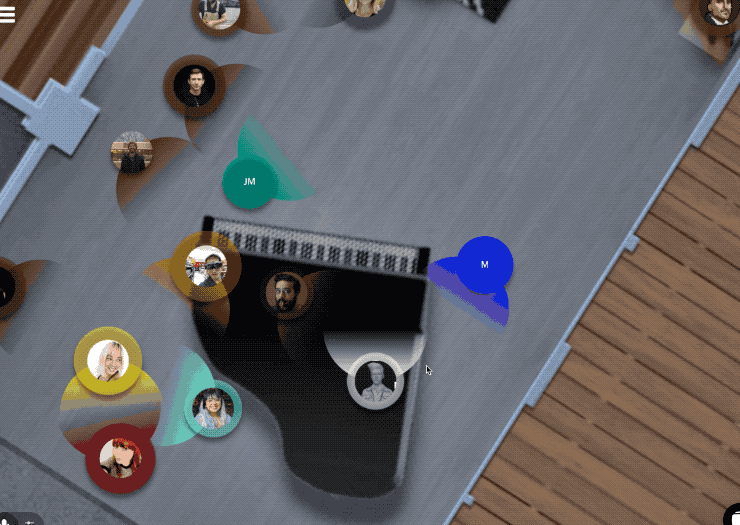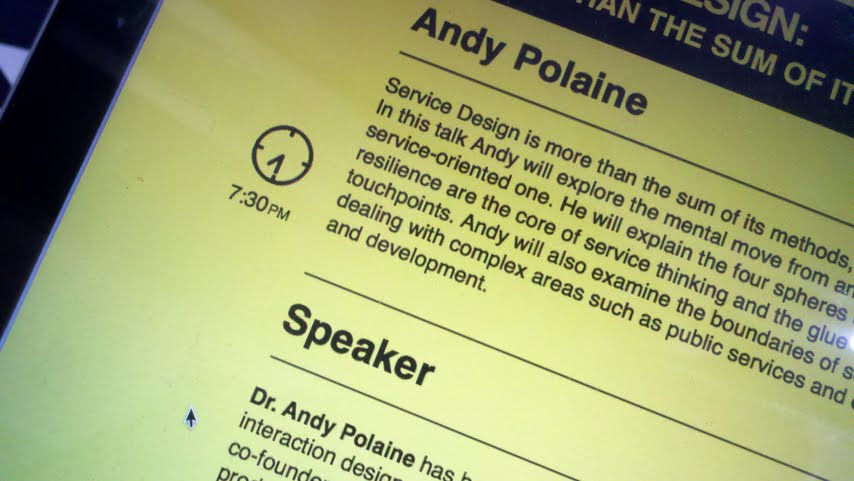I was impressed by my little brother kludging his mobile to his dashboard. We had the GSP nav running as well as Pandora.[singlepic id=596]
While cruising to DIA, all of a sudden the car asks, "Do you want to preform a systems check? To cancel, press 'OK'." In an androgynous version of HAL, the voice sort of freaked me out. My little brother said "No, I just took it in last week." My response was, "Why is the car talking? And why does the car have an "OK" button? This is not ok."
I thought Don Norman would be displeased.
[singlepic id=597] It turns out the "Ok" button is also the play, pause, and tune button as well as the volume toggle. It just happens to be one of the furthest buttons from the driver.
Pyramid (inverse pyramid of accuracy on top) "The automobile industry is copying all the worst features of the computer industry, ignoring all the advances in user-interface design" (Norman)
But as you try to create meaningful experience, the content is more more subjective, the ability to be effective is based off of different criteria.
 The auto industry is trying to design personal experiences, without first properly addressing usable, obstacle-free interactions.
Ironically the interruption asking if we would like to perform a safety inspection could in fact be putting someone at risk of crashing. Norman notes "the real irritations of modern communication are those of human attention." So why is the car emulating a human voice and interrupting you while you drive at 85mph? Shouldn't there be a threshold - 45+ don't ask any questions. Or if there is snow on the road, don't ask any questions. Like mom had "let's play the quiet game," while trying to concentrate on driving. Or shouldn't there just be a feedback loop so the warning system registers that a systems check was already preformed?
The auto industry is trying to design personal experiences, without first properly addressing usable, obstacle-free interactions.
Ironically the interruption asking if we would like to perform a safety inspection could in fact be putting someone at risk of crashing. Norman notes "the real irritations of modern communication are those of human attention." So why is the car emulating a human voice and interrupting you while you drive at 85mph? Shouldn't there be a threshold - 45+ don't ask any questions. Or if there is snow on the road, don't ask any questions. Like mom had "let's play the quiet game," while trying to concentrate on driving. Or shouldn't there just be a feedback loop so the warning system registers that a systems check was already preformed?
There are many regulations when designing for automobiles, so the threat isn't so much that the notification was dangerous, the threat is that it the notification was pointless. In this case, the safety inspection was already completed. So the audio warning was dismissed. If the safety inspection was not completed, the audio warning would be dismissed, but there would be no note left behind reminding the driver of the necessary safety inspection.
Designing meaningful experiences requires an increased emphasis on research before production and as well as heavy user testing. [singlepic id=595 ]As the pyramid narrows at the top, it is easier to encounter a higher degree of dissatisfaction as a design is harder to match with peoples' expectations. There is a bigger question than how to refine the interface of a car. Why is there a new car model every year? That question popped into my mind a few years back. It's often a new shell with out much newer functionality. Pre-Cold War cars are kept well running in Cuba, and probably with a lot better milage than your 2006 model.
You can see it on the consumer level. Why are there so many marginally different models? It permeates onto its brand image level with the discontinuation of some brands. After the recession, auto companies saw they couldn't keep pushing superficially new models of every year in a redundant brand architecture.
On a systematic level, the nation's capital has a beltway that looks like a parking lot. New York has the best public transportation systems in the United States, but it is one of the worst in the world.*
The federally subsidized rail system from the nation's capital to the financial city is horrible. We have problems in the form of single buttons as well as the major veins of these systems.
Norman closes his piece on IxD for Autos with "Design specifications for the appropriate way to design, given the attentional demands and safety considerations for the driver. Ah yes, but this will have to wait. Work in progress."
We should get working.
*I'm not measuring how effective a transportation system is by the sheer number of people it moves. Donald Norman, Interaction Design for Automobile Interiors http://www.jnd.org/dn.mss/interaction_des.html


